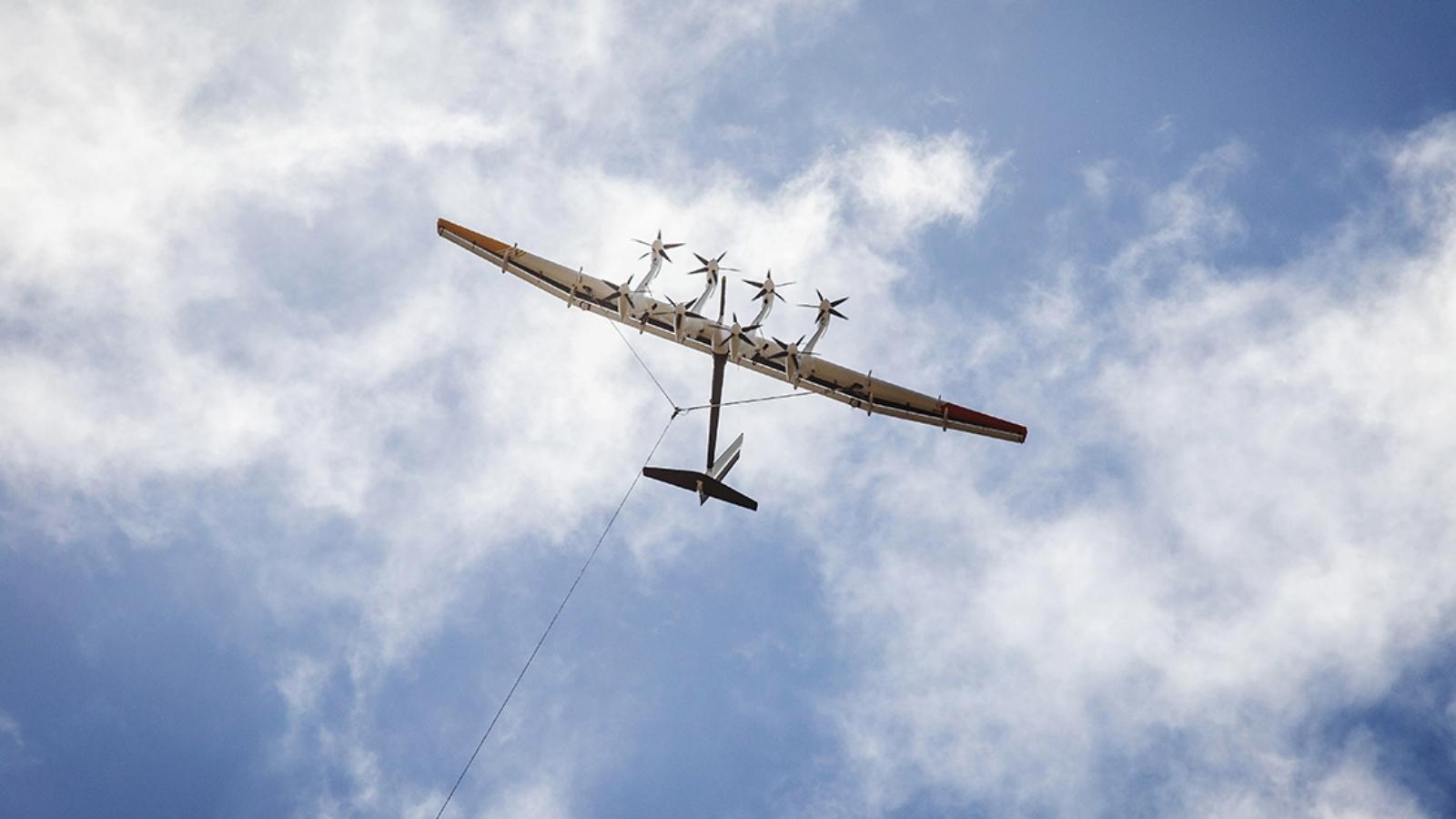Beyond the Buzz: Courtney Hohne

Breakthrough innovations are hard. It takes humility, resilience to failure, and multiple radical breakthroughs to build solutions that tackle global issues. But when applied to things that sound undoable, this bold mindset can redefine humanity.
One group of entrepreneurs that demonstrates a mindset of radical and fearless innovation is X, the moonshot factory, the innovation lab at Google parent company Alphabet. Entrepreneurs at X develop moonshots to tackle seemingly impossible global challenges like climate change, their success is in part due to X’s unique culture and mindsets. We discussed these mindsets and how all entrepreneurs can apply them in a recent conversation with Courtney Hohne, the Chief Storyteller of X.
“If you don't have optimism and belief as your bedrock, and the creativity that's required, problem solving can't even begin to flow.” - Courtney Honne
A moonshot needs three ingredients
X’s fundamental recipe for moonshots requires three main ingredients.
- Start with a really big problem. Think upstream. Zoom out, and pinpoint a problem that doesn’t have the right solution yet. Expect these problems to be huge, “affecting millions, if not billions, of people”, like X’s Makani moonshot which harnessed renewable wind energy through kites.
- Find a science fiction-esque solution. A huge problem takes a radical solution. What may seem like “science fiction” today could be tomorrow’s breakthrough. What started as a question during a brainstorm,“What if we flew a kite to gather electricity?” eventuated into a 13-year project.
- Technology that could be 10x not 10% better. A radical solution needs breakthrough technology to have any significant impact. This technology needs to provide a glimmer of hope that the solution could be possible in the next 5-10 years.
For entrepreneurs, ask yourself; is the problem you’re solving affecting millions of people? Is your solution truly radical or incremental? And if your solution succeeds, will it be 10x better, or 10%? If so, you're on the right track.
Embrace your failures
Whilst the Makani moonshot had all the essential moonshot ingredients, the path to commercialisation proved much more difficult and riskier than anticipated, and the moonshot was shut down.
Why would Courtney discuss a moonshot that didn’t take off? To share the lessons learnt; whilst failure is difficult it is also valuable, necessary and anticipated.
- Failure has its value. Failing doesn’t mean your hard work is lost. The breakthroughs, insights and discoveries made through a moonshot are valuable to the individuals, organisation and the wider community. Although the Makani moonshot was shut down, the team “gave away what they had learned”, so others “would save years of hard-earned experiences”.
- Prepare for failure. Set early targets before getting “emotionally wrapped up” with your solution. Be bold and willing to “kill” your moonshot if it doesn’t meet these targets. The Makani lead, Kathy Hannon, was the person to set the initial ‘kill signal’ and to make the call to shut Makani down.
- Create a safe space for failure. Innovators need the space to take risks, fail and learn. X creates the environment for entrepreneurs involved in failed projects to “celebrate their learning”. “We hold space for them to be reflective. Just as your projects fail, doesn’t mean you shouldn’t get promoted”.
As entrepreneurs, it’s important to reflect on your relationship with failure. Does your team understand learning is as important as success? What mechanisms do you have in place to shut a project down?
Collaboration is a necessity
Even the best moonshots can fail without capitalising on the support of an ecosystem. Organisations need to collaborate with partners that share their vision if they’re to have any chance at tackling the world’s greatest challenges.
- Some things are better done elsewhere. X’s Dandelion in-home geothermal heating and cooling moonshot highlighted this. “It turns out that Alphabet wasn’t the best place to build that kind of business”. Although they cracked the “engineering puzzles”, the finance and operations piece was simply better done elsewhere.
- Your partners need to share your vision. Though it’s a challenge to find “people with the right spirit and vision”, Courtney emphasised it’s all about “What do we want to learn together?”. It’s all about aligning one another’s visions and sharing the learning journey together.
- You can’t take a moonshot alone. Building a virtual electric grid, X went and “found the willing collaborators, willing dreamers and optimists”, and gave them a seat at the table. They brought together the people keeping our lights on today to dream of a better future. A great moonshot isn’t built in isolation to arrive tomorrow, but grows within and around the today.
Do you have the right partners? Are you developing a project in a silo?
It's this way of thinking like the team at X employ that we need from every entrepreneur if we’re to tackle the world’s greatest challenges like climate change. Watch the recording of our conversation with Courtney to learn more about how you can apply these mindsets to the problems you’re passionate about.
If you haven't started on your entrepreneurial journey, why not? Why can’t you be the one to change the world?


.png)